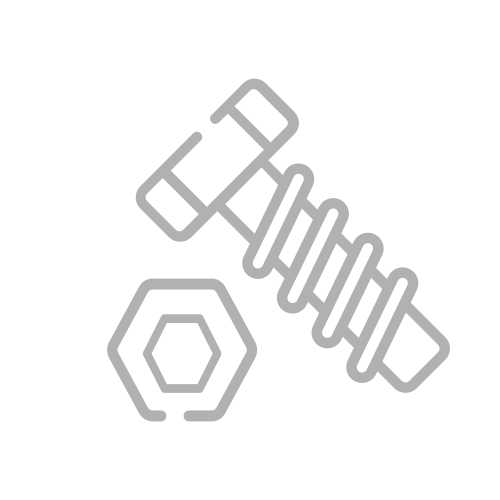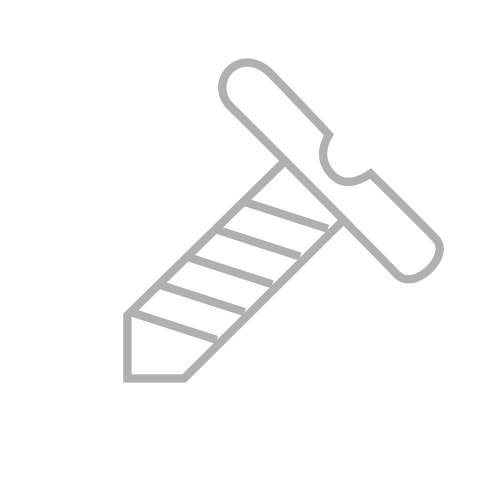technical ability
TECHNOLOGY
nut loosening principle
DISC-LOCK anti-loosening nut is composed of two parts, each part has a staggered cam. Since the slope angle of the internal wedge design is greater than the nut angle of the bolt, the combination is tightly occluded into a whole. When vibration occurs, the protruding parts of the DISC-LOCK anti-loosening nut move mutually, generating lifting tension, thus achieving perfect anti-loosening effect.
nut is to use the friction between the nut and the bolt for self-locking. However, the reliability of this self-locking decreases in dynamic loads. In some important occasions, we will take some anti-loose measures to ensure the reliability of nut locking. The use of locking nuts is one of the anti-loose measures.
thread before plating
in machining, the thread is in a cylindrical shaft (or inner hole surface) with a tool or grinding wheel cut, at this time the workpiece to turn, the tool along the workpiece axis to move a certain distance, the tool in the workpiece cut out of the trace is the thread. The thread formed on the outer surface is called external thread. The thread formed on the surface of the inner hole is called internal thread. The basis of the thread is the helix of the surface of the round shaft. Usually if the thread section is triangular, it is called triangular thread. The section is trapezoidal, which is called trapezoidal thread. The section is zigzag, which is called zigzag thread. The section is square thread. The section is circular arc, which is called circular arc thread, etc.
rivets
commonly used are R-rivet, fan rivet, blind rivet (core rivet), tree rivet, semi-round head, flat head, semi-hollow rivet, solid rivet, countersunk head rivet, blind rivet and hollow rivet, which usually use their own deformation to connect riveted parts. Generally less than 8mm with cold riveting, larger than this size with hot riveting. But there are exceptions, such as some locks on the nameplate, is the use of rivets and lock body hole interference riveting.
Cooperation Cases
CASE








